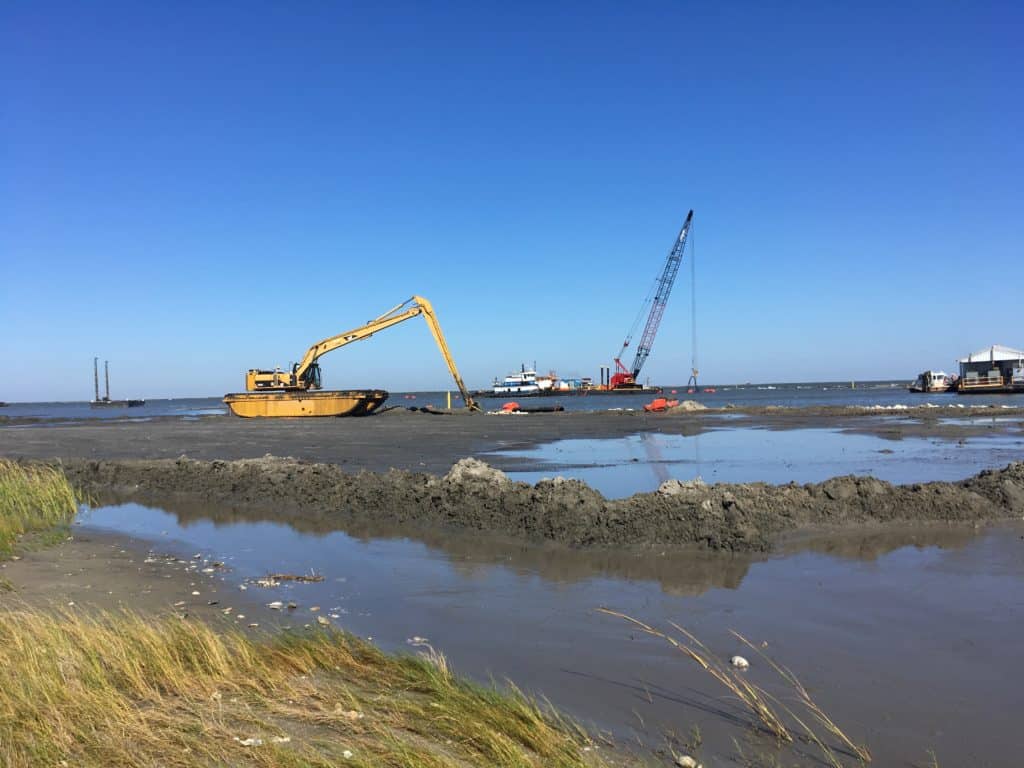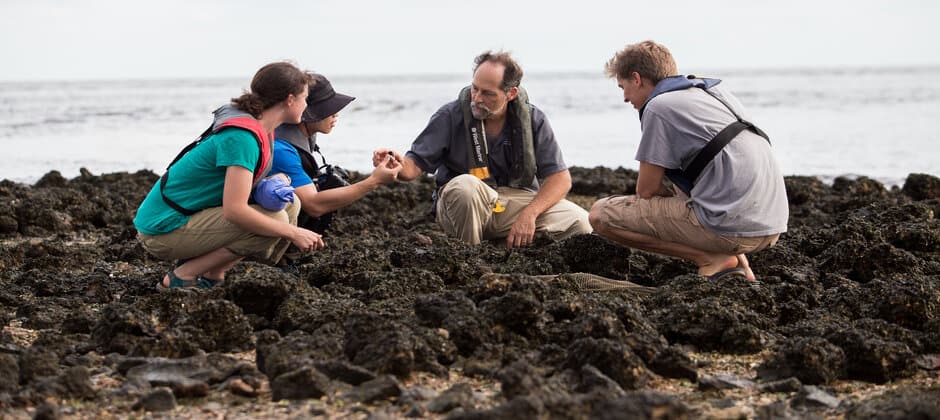Share this article
For actionable science, scientists and managers should work together
To produce science that can be implemented and make changes in conservation and management, researchers say managers, scientists and other stakeholders should work together from the beginning, even developing together the research questions that need to be answered.
Researchers call this technique “translational ecology,” and one team of scientists recently published a paper in Ornithological Applications providing some methods for putting this theory into action.
The paper stemmed from a national ornithological conference in 2019 where a symposium on translational ecology had scientists discussing how to better co-produce science within conservation work.
Scientists often conduct their research by “parachuting in and doing your science and coming back later to say this is what we figured out,” said Auriel Fournier, an assistant research scientist with the Illinois Natural History Survey and a co-author of the paper.
Instead, she and her co-authors push for “getting to know resource managers, biologists, people working in your system or species well ahead of time, asking them what they’re interested in and working together to ask questions,” she said.
This kind of framework requires a different type of relationship investment, she said. Usually science means reading the literature, coming up with an idea and conducting a research project. Translational ecology would mean getting to know the people that may want to use the research or would be otherwise affected by its findings.
That’s not always easy. Sometimes managers are skeptical, Fournier said, “because researchers had come in and burned them in the past.” She suggests investing time in working on those relationships. Managers also often don’t have the time or resources to invest in helping develop research questions. “Incentivizing them to spend their time that way can be a real challenge,” she said. “But it’s incredibly rewarding when you see big-scale conservation impacts.”
The authors point to a few of examples of putting these practices into play. In the paper, the authors apply translational ecology to the conflict of free-roaming cats in Ontario, Canada. Wildlifers know that cats can threaten small mammals and birds, but some cat lovers think the domestic animals benefit from being outdoors.
Using the idea of translational ecology, a group of animal welfare organizations, veterinarians, community scientists, government wildlife service employees, ornithologists and others came together in Ontario, Canada to create the Guelph Cat Population Task Force. A paper from this task force resulted in a coalition called Keep Cat Safe and Save Bird Lives, where stakeholders built a relationship and work together for a shared goal of keeping both wildlife and cats safe.
Another example of translational ecology is a group of partners coming together on a Gulf of Mexico Avian Monitoring Network. The Deepwater Horizon oil spill impacted birds in the Gulf, but there was a lack of data to offer decision-makers, including how birds were impacted and if restoration has helped them. The network worked with managers and biologists to develop conservation priorities based on what the stakeholders valued. “That plan has been out for a year and a half and has all those priorities in there,” Fournier said. “We’re already seeing a lot of uptake in that with new research projects, which has been quite exciting.”

The Gulf of Mexico Avian Monitoring Network has restored areas impacted by the Deepwater Horizon spill. Researchers say working with managers and biologists is important to determine if restoration projects like these are beneficial. Credit: Jess Schulz
Translational ecology can also be applied to other conflicts, such predator management and protecting birds from wind turbines, Fournier said.
Meanwhile, she said, it’s important to get researchers do be motivated to do this kind of research. “If this is the kind of work we want to see in the field of wildlife ecology, we need to make sure we’re valuing this kind of work,” she said. That means more funding for these types of projects and more trainings to build translational ecology skills. “Communicating with resource managers isn’t always the way you’re going to communicate with another researcher at another university,” Fournier said. “You need effective ways of boiling down complex models into the pieces people need to make better decisions. That’s a skill not often taught at universities.” But she said workshops and trainings may be helpful.
“It sounds really daunting because we’re adding additional steps to what we traditionally think of as Western science,” Fournier said. “But it can be quite rewarding.”
Header Image: Different stakeholders work together on an oyster reef project in the Gulf of Mexico. Credit: Peter Frederick








